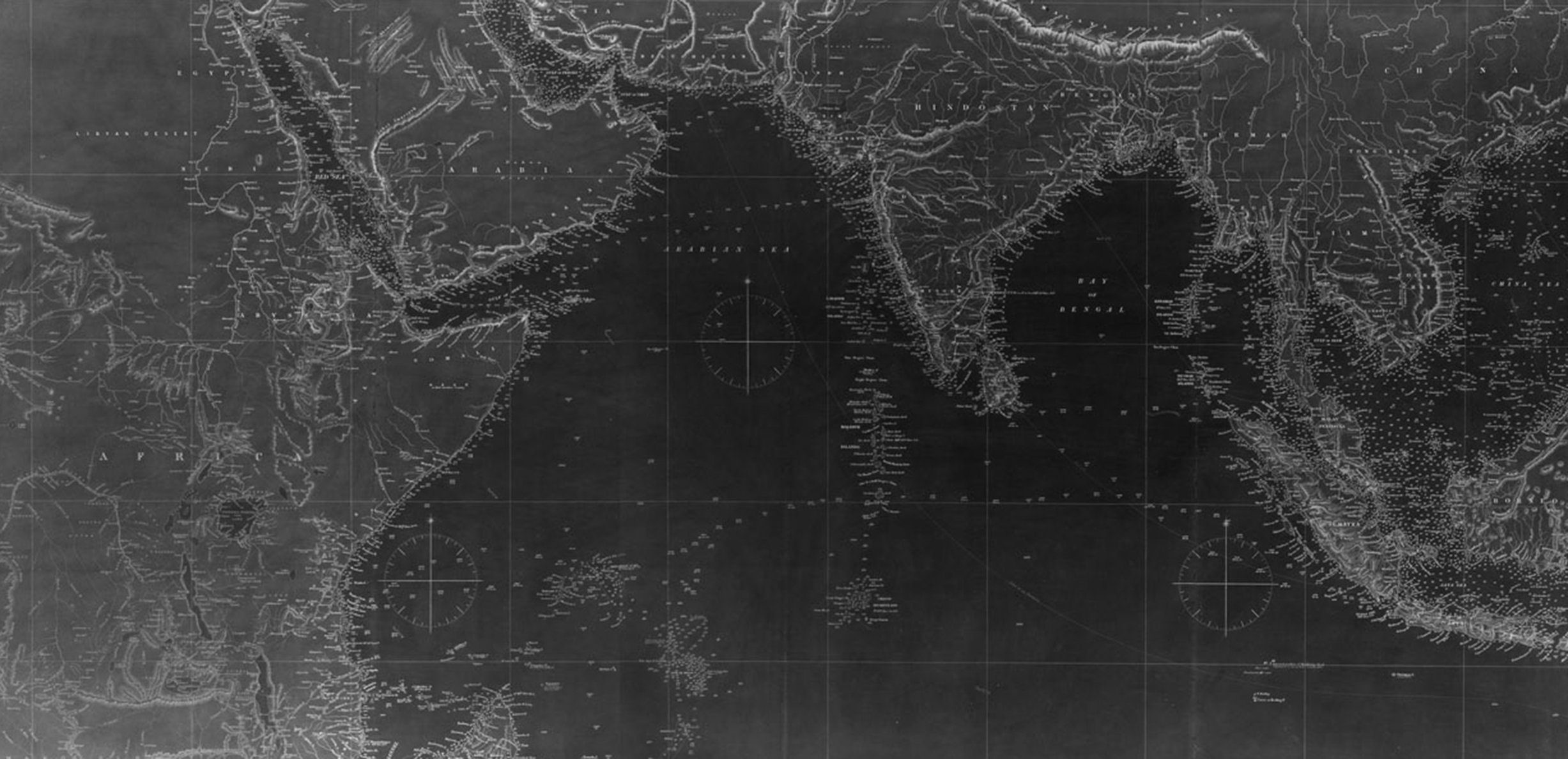
3. “Slavery in the East” in Atlantic Politics of Slavery, Abolition, and Empire
How did depictions of “Slavery in the East” enter Atlantic politics of slavery, abolition, and empire?
Lesson plans on this segment about connections among the politics of slavery and empire in the Atlantic and Indian Ocean worlds might be framed by the following questions:
What were Atlantic sojourners in the Indian Ocean world -- empire builders, interracial reformers, merchants, and slaveholders -- saying about “slavery in the East” (India, Arabia, East Africa.)?
How did their diverse narratives enter trans-Atlantic contests over slavery and freedom?
Was Britain justified in defining itself as an “antislavery empire” against America’s “republic of slavery”?
Who, according to defenders of American slavery, were the real “slaves of the East”?
Sample primary sources on “Slavery in the East” in Atlantic Politics of Slavery, Abolition, and Empire
Read the following documents the follow and reflect on what they tell you about the transatlantic politics of slavery and empire::
“Mr. Cameron’s Minute,” included in a British Parliamentary report on slavery in India published in 1841.
American proslavery physician Samuel Cartwright’s connection of imperial abolition with British colonialism in India.
“Slavery in the East is not like Slavery in the West...a system in which the vivifying principle is the dread of the cart whip. Slavery in the East is held together by the mutual interests of master and slave, and by the power of habit. The perpetual and hereditary service of their domestics is what the upper classes in India particularly desire, as conducive to that privacy which belongs to their households. On the other hand, the lower classes are glad to bind themselves and their posterity to such perpetual service in order to secure of subsistence in sickness and in old age, and in ...periods of scarcity....
Slavery may be regarded as the Indian Poor Law and preventive of infanticide. ...”
Source 3A (emphasis added by authors):
“Slavery in the East is not like Slavery in the West”
“Mr. Cameron’s Minute,” Report of the Indian Law Commission Upon Slavery in India, January 15, 1841, with appendices, 2 vols., India Office Records, British Library, 1:13; See also, “Observations,” 1:320-21.
“150,000,000 of nominal freemen are subjected to, belonging to the largest slave proprietor in the world. The honorable East India Company’s subjects are like cattle grazing by the wayside, having the liberty of going up the road or down, but every other liberty fenced in against them. The fish in the waters, the birds of the air, the wild game and fruits of the land, are not more inaccessible to prisoners in jail than they are to the inhabitants of those vast countries in Asia, which England and Ireland’s tyrants, under the guise of merchants calling themselves the East India Company, have plundered and subdued, changing the fairest portion of the Oriental continent into a vast prison where one hundred and fifty millions of human beings have the liberty of starving, or working for a pittance of wages insufficient, after all taxes and expenses are paid, to purchase shoes for an equal number of negro slaves…The ten Mississippi overseers,” whom the EIC had “enticed” to India, but who “left in disgust, not having the inhumanity to make laborers work whose masters failed to furnish them the necessary food and clothing.”
Source 3B
Samuel Cartwright, ”The Slave Trade and the Union,” New Orleans Delta
Reprinted from The Washington Union, in the North Carolina Standard, 16 and 20 September 1854.